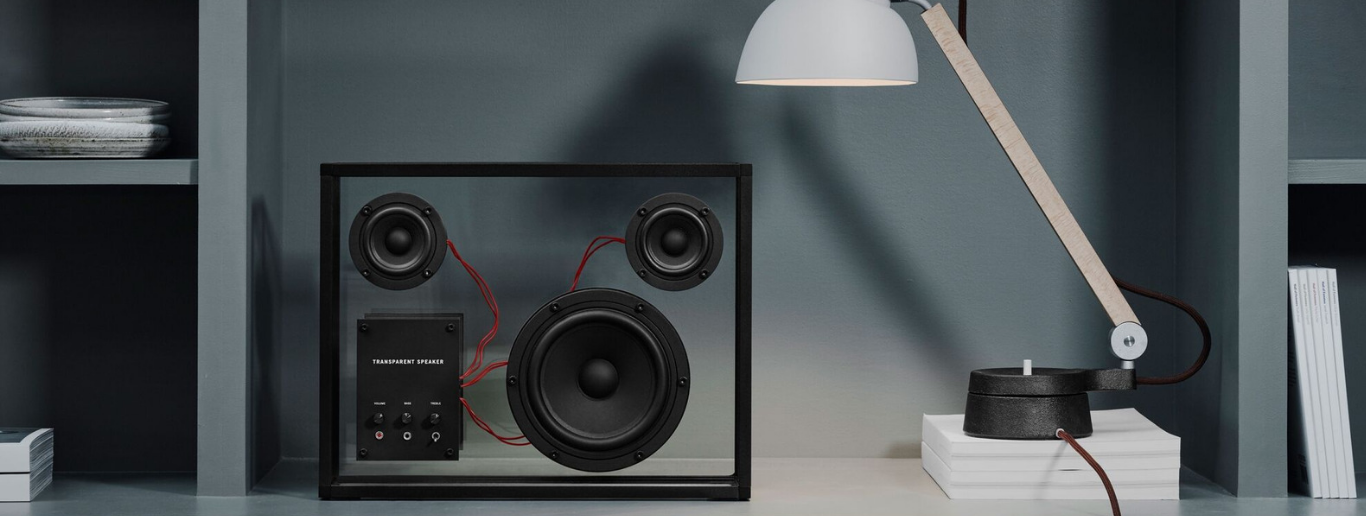
This morning, Kickstarter unveiled new features that will help creators evaluate and reduce the environmental impact of their products at the earliest stages. Kickstarter teamed up with EDF Climate Corps to develop an information hub called the Environmental Resource Center, as well as a space where project creators are asked to publicly commit to environmental practices.
The new Resource Center – developed by EDF Climate Corps fellow Alexandra Criscuolo – provides a tangible starting point for creators. It’s a one-stop-shop of environmental resources, case studies and best practices from industry experts on how to assess, adopt and communicate sustainability efforts.
As a crowdfunding platform, Kickstarter gives people the ability to turn a creative idea into a tangible product - anything from games and art to design and technology - thanks to the direct support of others. But as you can imagine, a lot more goes into turning an idea into a product than just raising funds.
Creators have to make decisions about design, manufacturing, production, marketing, etc – most of which must be determined in the early stages of development. Unfortunately, sustainability is not usually top-of-mind for creators during those initial stages.
But starting today, these new features could change that.
What are these features?
An “Environmental Commitments” section has been added to all project pages within Kickstarter’s Design & Tech category, and plans are underway to expand it across more categories.
Creators can commit to reducing their environmental impact in key areas: long-lasting design, reusability and recyclability, sustainable materials, environmentally friendly factories, and sustainable fulfillment and distribution. Now, potential financial backers visiting these product pages will be able to see whether a creator has chosen to commit to more sustainable practices.
This is an amazing step in helping the hundreds of thousands of creators who come to Kickstarter commit to making sustainable products and communicate this effort to their potential supporters. But, even if creators want to make commitments, they might not have the environmental tools needed to assess the environmental impact associated with the manufacturing and shipping of their physical products. That’s where the Environmental Resource Center comes in.
The Resource Center helps turn a commitment into action. For example, if a creator is committing to better incorporate long-lasting design through modular design principles, one tip that the Resource Center recommends is to consider how the product can be repaired if it breaks: “Make disassembly easy by choosing screws to bind parts instead of glue.”
Why are they so important for supply chains?
- Reach.
Since 2009, 154,000 projects have been funded through Kickstarter’s platform, attracting millions of supporters. Some of these projects blossom into companies of their own, like Kickstarter alumni Allbirds and Oculus.And the influence of these features extends beyond just the creators on the platform. The millions of people across the world who are part of Kickstarter’s network will now see these environmental commitments and voice their support with financial backing. - Timing.
As a launching pad for products and companies, Kickstarter can influence creators at the early planning stages.Thinking about commitments at the start will help creators embed sustainability into the core foundation of their business or product – something more customers are demanding - as opposed to integrating it later on, which is not easy and sometimes less impactful. - Creativity.
Kickstarter has signaled to the rest of the industry that there are innovative approaches to reducing the impact of supply chains.This kind of creative, highly customized thinking, is what’s needed to reduce Scope 3 emissions – carbon emissions associated with supply chain and indirect activities. By examining principle activities, considering core competencies and then delivering a customer-centered resource to empower change, Kickstarter has reduced their downstream Scope 3 emissions in a big way.
Kickstarter is the world’s largest funding platform for creative projects, and with these new features, it could soon become the world’s largest funding platform for creative, sustainable products.
Previously posted on EDF+Business and 3BL Media news.
Daniel Hill is a Project Manager for the EDF Climate Corps team, which orchestrates an innovative fellowship program placing top tier graduate students in leading companies, municipalities and universities to build the business case for sustainability and energy efficiency.














